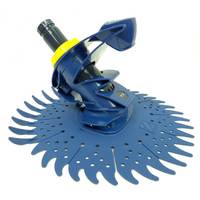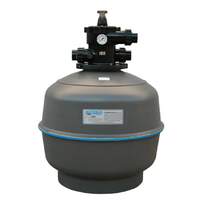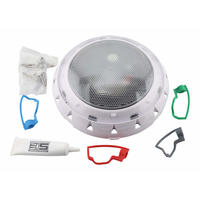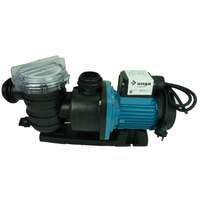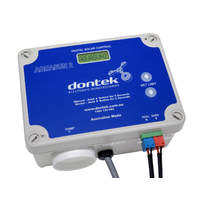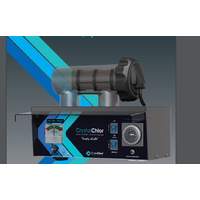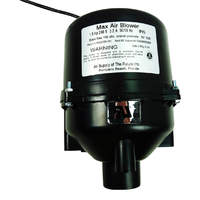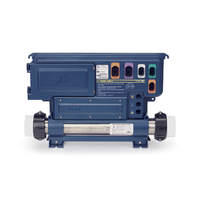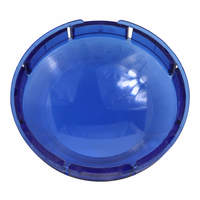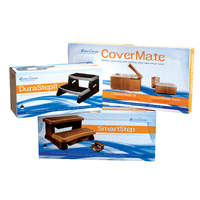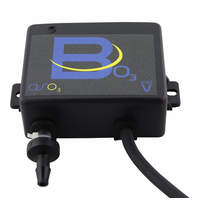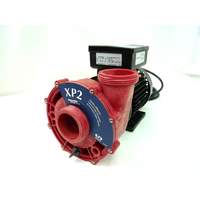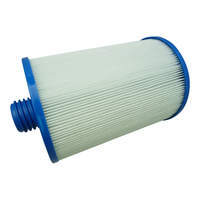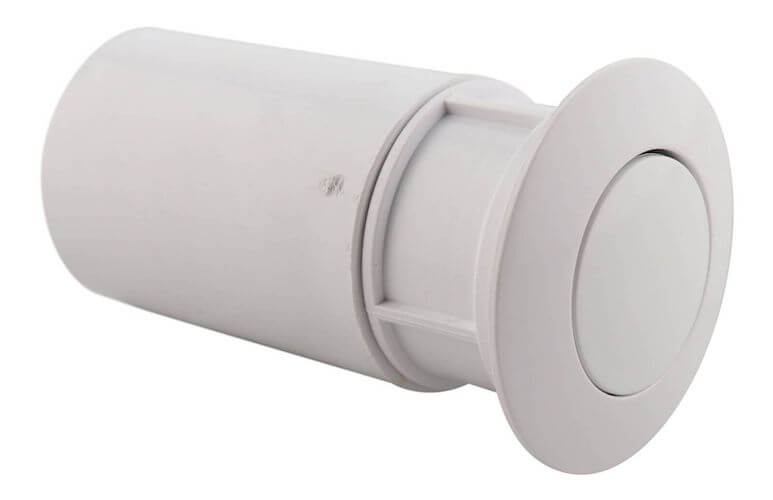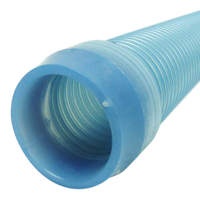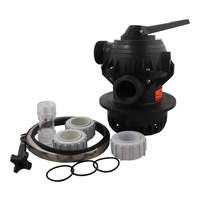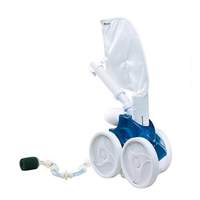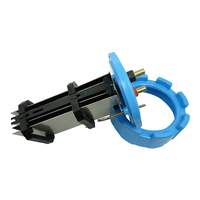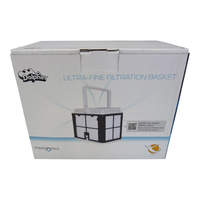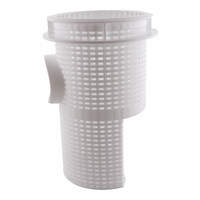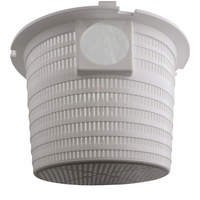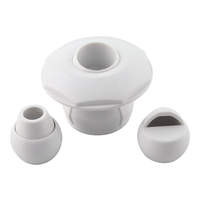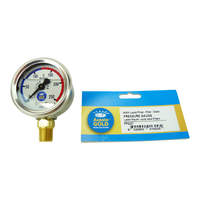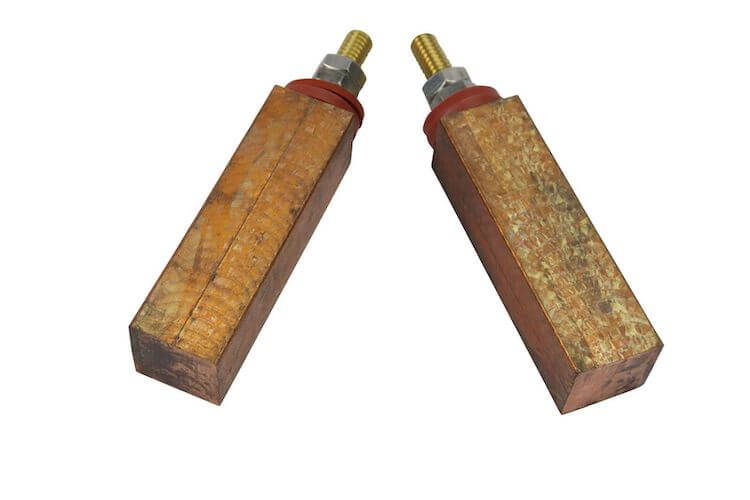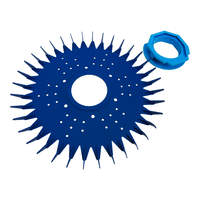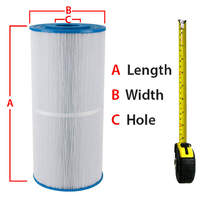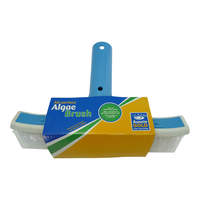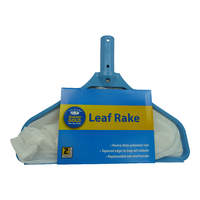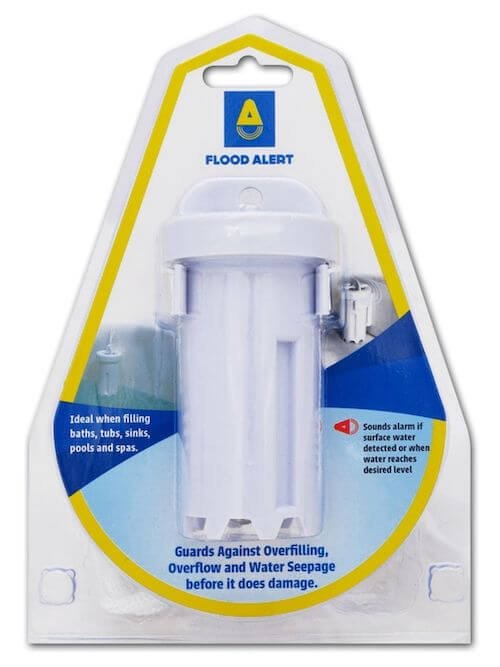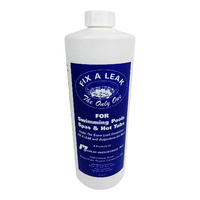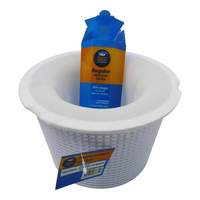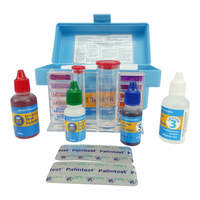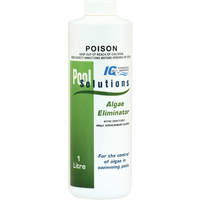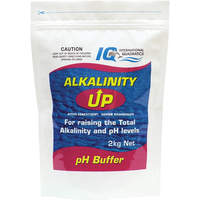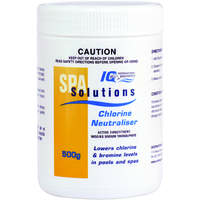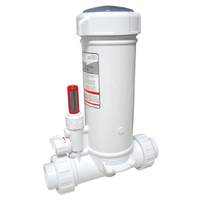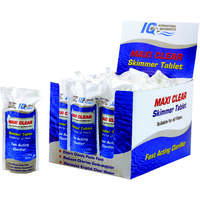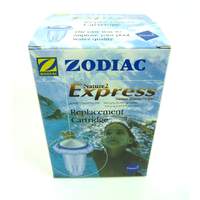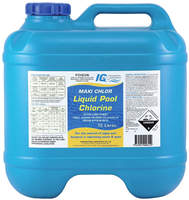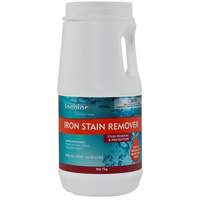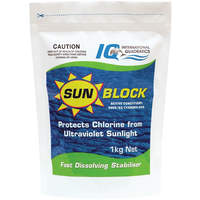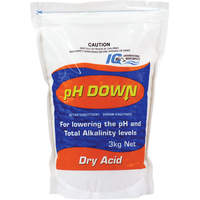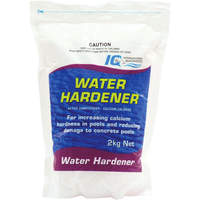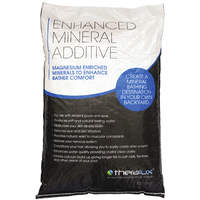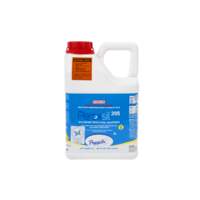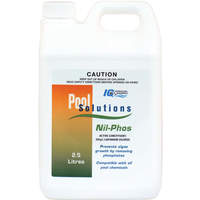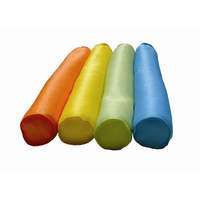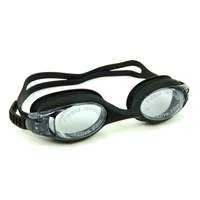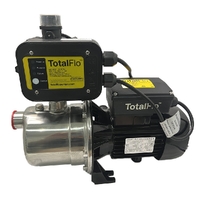The Complete Guide To Changing Pool Filter Sand
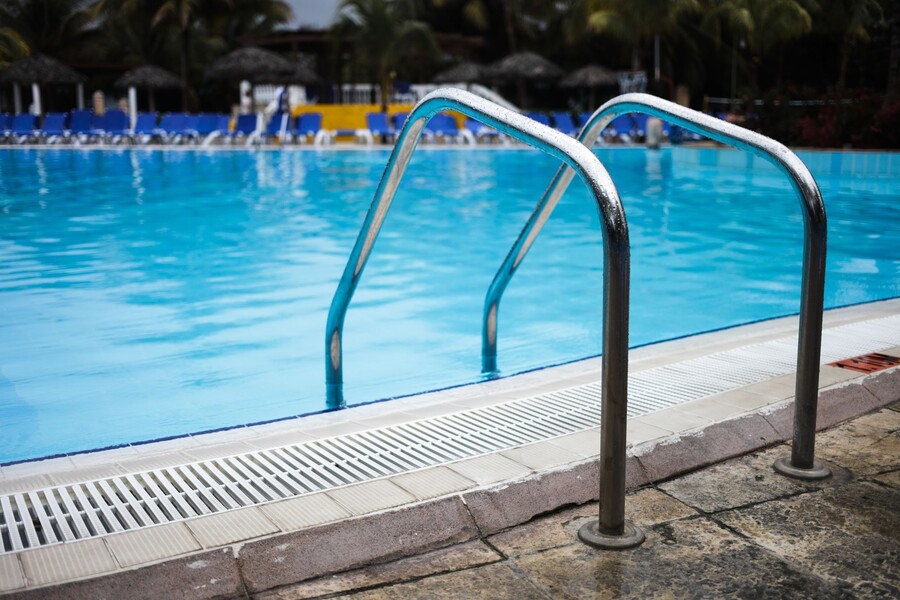
Sand is a fantastic filtration device that prevents bacteria, algae, dead bugs from infesting your swimming pool. In this article, we will be shedding light on how you can change your pool filters sand to ensure that it keeps pumping clean water out.
There is nothing quite like the feeling of swimming in clean, transparent, and healthy water. It gives you a more enjoyable time when you have a sense of security that you and your loved ones are safe and secure. This is where the importance of being diligent in maintaining the water in your swimming pool at its best becomes essential.
Thankfully, there is a myriad of products that make sure your swimming pool will be something you can jump in any time of the year. One of the pieces of pool maintenance equipment that you need is a pool filtration system. It is a crucial part of owning a swimming pool since it keeps your water flowing clean and properly.
A reliable pool filtration system is essential since the quality of the water can affect our health. Once we are in a pool, our bodies are submerged in large amounts of water which is absorbed through the skin. Thus, we need to employ means that will reduce dirt, debris, or other harmful substances as much as we can. The key piece of equipment for this is the filtration systems of our pools!
There are three types of pool filters. They come in a cartridge, diatomaceous earth, and sand filters. They have various pros and cons, but they mainly do one function: they pump water that cleans your pool of dirt. It features pool filter sand that does most of the heavy-lifting in this process.
Sand is a fantastic filtration device that prevents bacteria, algae, dead bugs from infesting your swimming pool. In this article, we will be shedding light on how you can change your pool filters sand to ensure that it keeps pumping clean water out.
What are pool filter sands for?
Sand filters are one of the most popular and common options for keeping swimming pools safe and healthy. This type of filter utilises sand as its filtering agent, and it does so by trapping debris when it passes through so that it is only clean and filtered water that flows through your pool. The sand filters do not have any fibre or paper parts that easily tear or clog, so sand filters have a great chance of lasting longer since they do not require much maintenance and repair.
Pool sand filters work by allowing water to cycle through a container that has sand in it. The water flows through without much trouble, but larger particles such as pool dirt will be trapped. Once these said dirt and debris are collected, it is only clean and safe water that flows back out to your swimming pool.
Here is the interesting thing about these sand filters: they become more efficient and effective with use! As the filter collects more particles and debris the filter collects particles and debris passing through the sand filter. This is another fringe advantage of a sand filter that makes this such an efficient and reliable piece of equipment for your swimming pool.
Which types of sand can you use in your pool?
Just because we refer to it as a sand filter, does not mean that you can pick up a bucket of sand from the beach and use it as a replacement. There are three types of sand that are used, and we are here to give you a brief overview of all of them. The next time you make your purchase for pool sand filters, consider the following types to help with your decision!
Silica Sand
Silica sand is probably one of the most common types you will encounter when looking up pool filtration systems. It is made of ground quartz, which produces sharp grains of silica that has jagged edges. The way it is made provides for an excellent way to trap particles from flowing back out into the swimming pool.
Contrary to some of the other types of sand, silica sand has been mined and not manufactured.
Zeolite Sand
Zeolite sand is made from volcanic rock minerals called zeolites. It is an alternative to silica, and its claim to fame is that it is 100 times bigger in terms of surface area compared to standard filter sands. This is because zeolite sand has a sponge-like honeycomb shape.
Have you ever gone swimming and had your eyes hurt after a few minutes underwater? This is because of the chlorine by-product called chloramines. Zeolites are great at chemically trapping chloramines through a process we call molecular sieving. All it does is trap the chemical inside the zeolite sand indefinitely.
If you find the need to keep chemically treating or shocking your swimming pool frequently, we recommend zeolite sand as it will get the chloramines down to a minimum.
Glass Sand
For those who are a little bit more concerned with the environmental impact of these filters, glass sand is an excellent alternative to silica. It has a low impact on the environment and helps it because glass sand is made of fully recycled glass. It is smooth to the touch but don’t let that fool you; This is a powerful filtering sand agent that captures particles as small as two microns.
They are of different sizes which lessen the chance of channelling that happens when pool water slips through the filter. Another strength of the glass sand is that it contains a negative charge that is perfect for capturing manganese and iron particles. We recommend this type of sand for those pools who sources from hard water.
.jpg)
Why should you change the sand?
The reason why sand pool filters work is largely due to its roughness. It is due to its coarseness that it is able to effectively filter the particles of dirt in pool water. However, the rushing of water has a tendency to wear out and smoothen the surface of the sand.
Weathering is the process by which these sand particles are smoothed out. Once pool filter sand is weathered to a smooth surface, it takes away its jagged edges that has the power to filter out contaminants. Thus, this is when it needs to be replaced.
When do you need to change your pool filter’s sand?
The standard rule for changing your pool filter’s sand is to do so every 5 years. However, once the water starts to get muddy or cloudy, it may be an indicator that your pool filter is not working the way it is supposed to.
While there is a certain point in the pool filter’s timeline that gets better over time, it does decline after some time. All the extra gunk and debris to build up and makes the filter susceptible to clogs.
Step-by-step guide on changing your pool filter sand.
1: Remove the multi-port valve which can be found on top of the pool filter. If you did not have union connections installed, it might be a great idea to do so after changing the sand.
2: Preparation is key. Before going into this, you need to have all of the materials and equipment that you will need ready. These necessities usually include the replacement sand, the O-ring that connects the valve and the tank, union, lubricant, Teflon tape, and others that will help with the change.
3: This is one of the most crucial parts of changing the sand: turn off the pool pump first. For an extra step towards safety, shut off the power at the circuit breaker.
4: Now, you should release the pressure in the filter tank by turning the cap for the drain which can be found at the bottom of the tank. Then you should take off the cap completely in order to drain the water from the tank.
5: You should then disconnect the hose that is attached to the part labelled as waste. You can find the waste line coming from the multi-port valve.
6: The multi-port valve will then be removed by unscrewing the unions connected to the line labelled as pump and return ports.
7: The next step is to take off the multi-port valve’s flange clamp that is holding the filter onto the tank.
8: Using a careful twisting move, lift the valve from the pipe inside the tank.
9: To prevent sand from seeping into the laterals, temporarily tape shut the top of the pipe.
10: Take a plastic cup and remove sand carefully with it. Keep doing this until you are able to see the laterals on the bottom of the tank.
11: With a gentle motion, pull out the pipe and lateral assembly from the sand pile.
12: Double-check if there are any problems or breakages on each of the laterals. If they are clogged, you should soak them into a bucket of water or a specific cleaning solution first. Then, wash out the tank with a regular garden hose.
13: Fill the tank halfway with water. Doing this will give a cushion for the sand in order for the filter to not be damaged.
14: Place the lateral assembly and pipe back into the pool filter tank.
15: Rotate by 90 degrees the 10 laterals in their down position.
16: Pour in the sand slowly and carefully.
17: Take out the O-ring at the bottom of the multi-port valve and lubricate it. Once it has been properly lubricated, put it back on the underside of the valve.
18: Remove the tape from the pipe and put the multi-port control valve.
19: Put a clamp around the tank and valve flange and tighten it.
20: It is then time to reconnect the unions to return and pump ports.
21: Depress the multi-port valve all the way and put it on backwash position. Then, you should prime and turn the pool pump on. Run it for at least 2 minutes.
22: Turn the valve to its rinse setting, then turn it back on. Run the water until the water is clear, which should take around a minute.
23: Turn off again and put the valve handle to Filter.
.jpg)
Take each step of changing your pool filter’s sand slowly in order to get it working effectively again. Maintaining the quality of your pool filter will lead to cleaner swimming pool water, so don’t neglect its health!
Aquaneo has everything you will ever need for pool care and maintenance. Don’t hesitate to drop by our site and ask any questions! We will be more than happy to help you.

